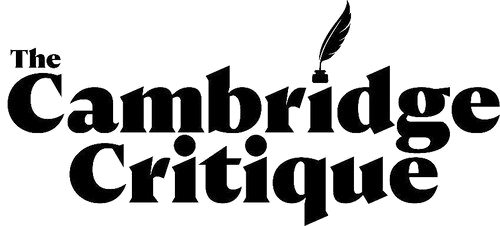MEDIEVAL CAMBRIDGE AND ITS FAMOUS FAIRS
Strawberry Fair in its heyday - a relic of fairs past - and hopefull to come
June ends and two Fair dates have come and gone in Shutdown Cambridge
One was Strawberry Fair, the 1970s’ hippy fest, back of late, to its creative glory after rowdy ruckus brought disrepute. The other was Midsummer Fair, an altogether longer- lived festival that stretches back through the Middle Ages and beyond. Relics of its past hung on in some gypsy presence in town on Saturday, dressed wonderfully in outfits that would cheerfully rival Miss World, the women from the community, kept up the centuries old tradition of Fair Wear, the more glamboyant the better ! Both cancelled this year but reminders still of a time whose vestiges linger today. And makes many of us wonder ; what was life really like for people in Cambridge in the past? In the deep dark past that is, before the industrial revolution, and even before that?
Alison Taylor knows. Writer, doughty researcher,historian – she is investigating the history of all local churches – Alison has written the Anglo Saxon section of the famous Pevsner Guide, and she was the Cambridgeshire County Archaeologist.
Most people imagine life in Medieval times as dreadful, a semi-starved underclass, who had to toil for free for the Lord of the Manor people who eked out their ‘nasty brutish and short’ lives, as Thomas Hobbes described them, in the shadow of tyranny and want.
‘ Actually,’ Alison tells us, ‘ Life was pretty good for most people in those medieval days. They were very well fed, each household had a croft and toft, where they lived and kept their animals, cows, chickens, and goats. They grew all their own food and grazed their livestock on the Commons, which at that time – before the Enclosures - they had every right to do. The cows we see on Midsummer Common and Coe Fen today are the relics of that way of life. Livestock was taken there by day and home at night. Vegetables grew plentifully in the Cambridge soil and the majority of people did have a good acreage to work with – on average about five acres each family. “
But didn’t they have to work as unpaid slaves for their landlord?
“ Yes. And the whole family worked together – but only for one day a week. For that they got their house (and most of them were spacious buildings) and not only that, the land that they then had every right to work and live off as they pleased. Villeins or burghers eat very well indeed. And they had an immense amount of holiday’
Clearly they did. In an agrarian society there was little else to do in the winter. Holy Days were frequent. Feast Days were just that – Christmas for instance lasted a long time – nearly six weeks.
Peasant Life from the FItzwilliam Museum
The recent pre-pandemic exhibition at the Fitzwilliam Museum, Feast and Fast, brought the well-spaced farming year wonderfully alive. ‘The accompanying book subtitled ‘The Art of Food in Europe 1500-1800’ includes this early period, but concentrates on the beginning of urbanization and the massive changes the task of feeding new cities and towns presented ‘ as several cities sprawled into metropolises of hundred or thousands of people’ changed everything. It became as the centuries wore on, a huge range of traders, members of guilds (trade groups). Yet regulation was in the hands of these Guilds, a throughly medieval idea, they were the tradesman;s associations of their time, who had to monitor fake or dangerous goods, keep out unlicensed traders and make sure food was all sold in the sanctioned spaces allotted. Markets were in full swing ‘ but in spite of their anarchic appearance markets were highly regulated. The Guilds officer made sure hoarders did not buy up supplies to push up prices, quality was kept high and local tolls paid’.
The Garlic Fair, was granted to the Benedictine nuns at The Cambridge Nunnery of St Mary and St Radegund was founded in 1133 by King Stephen in the mid 12th century. the Fair was held in mid August (the Christian festival of the Assumption or the pagan Lammas. The Fair was initially held within the walls of the nunnery in what was the Nuns' Close and is now the Jesus College Master's garden[The Fair then moved along Jesus Lane to the corner of what became known as Garlic Fair Lane and is now Park Street[10]. It continued there until its eventual demise at the beginning of the 19th century. Records show that Jesus College that had long taken over the area, got 1£ in rent every year.It is gone now, along with Stourbridge Common Market once famous all over Europe apparently.,
But Midsummer Common Fair has remarkably survived – the traditional customers were there if not the Fair itself . And Cambridge Market – equally celebrated through the centuries kept going throughout the entire lockdown safely trustily, dispensing its ware at a traditional distance as it ever has.
Fair wagon loaded with goods
Booths at the Fair










